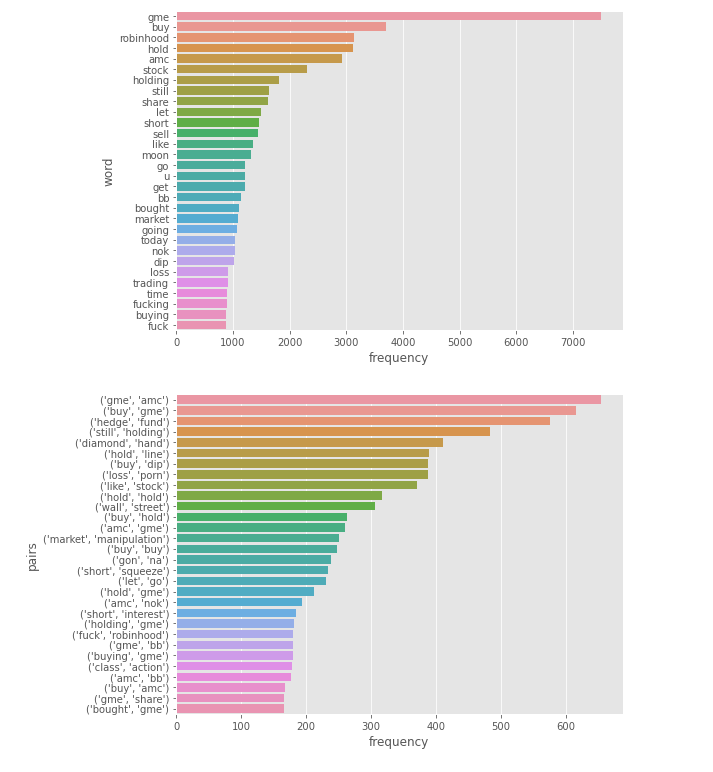

- #Nltk tokenize pandas column how to
- #Nltk tokenize pandas column install
- #Nltk tokenize pandas column download
There's case where you'd like to exclude words using a predefined list. Sample_text = "Sample text 123 !!!! Haha. In cases where you want to remove all characters except letters and numbers, you can use a regular expression. Remove all special characters and punctuation # After: Sample text with numbers and words # Before: Sample text with numbers 123455 and words !!!

Here's how you use it: sample_text = "Sample text with numbers 123455 and words !!!"

isalpha() method of Python strings will come handy in those cases. In some cases, you'd like to remove non-alphabetic characters like numbers, or punctuation. # After: I want to keep this one: 10/10/20 but not this one # Before: I want to keep this one: 10/10/20 but not this one 222333 isdigit() method of strings: sample_text = "I want to keep this one: 10/10/20 but not this one 222333"Ĭlean_text = " ".join() # Side effect: removes extra spaces Using a regular expression gets a bit trickier. For instance, when you want to remove numbers but not dates. There are cases where you might want to remove digits instead of any number. But don't remove this one H2O"Ĭlean_text = re.sub(r"\b+\b\s*", "", sample_text) You can use a regular expression for that: import re Since this is part of a larger data pipeline, I’m using pandas assign so that I could chain operations. In some cases you might want to remove numbers from text, when you don't feel their very informative. I’m trying to count the number of sentences on each row (using senttokenize from nltk.tokenize) and append those values as a new column, sentencecount, to the df. "Yes, you got it right!\n This one too\n" "This TEXT needs \t\t\tsome cleaning!!!.", Take a look at the example below: import re

If you're using pandas you can apply that function to a specific column using the. Then, you can use that function for pre-processing or tokenizing text. I'd recommend you to combine the snippets you need into a function. Then, you can check the snippets on your own and take the ones that you need.
#Nltk tokenize pandas column how to
In the next section, you can see an example of how to use the code snippets. They're based on a mix of Stack Overflow answers, books, and my own experience. I'll continue adding new ones whenever I find something useful. This article contains 20 code snippets you can use to clean and tokenize text using Python.
#Nltk tokenize pandas column download
It will download all the required packages which may take a while, the bar on the bottom shows the progress.Ī sentence or data can be split into words using the method word_tokenize():įrom nltk.tokenize import sent_tokenize, word_tokenizeĭata = "All work and no play makes jack a dull boy, all work and no play"Īll of them are words except the comma. Open python and type:Ĭlick all and then click download. Installation is not complete after these commands.
#Nltk tokenize pandas column install
Install NLTKInstall NLTK with Python 2.x using: In this article you will learn how to tokenize data (by words and sentences).Įasy Natural Language Processing (NLP) in Python NLTK is literally an acronym for Natural Language Toolkit. Natural Language Processing with PythonNLTK is one of the leading platforms for working with human language data and Python, the module NLTK is used for natural language processing.


 0 kommentar(er)
0 kommentar(er)
